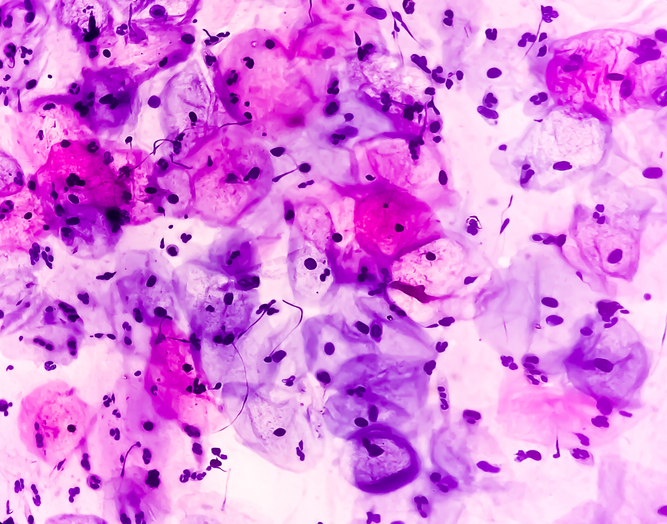
A study published in Nature Reviews Cancer found that a lack of exposure to germs early in life, followed by an infection, increases the risk for childhood leukemia.
Acute lymphocytic leukemia (ALL) is caused by a two-step process, according to the article: Children must have a genetic mutation that increases the risk of developing ALL. Children must have less exposure to germs early in life followed by certain infections later in childhood that result in the development of leukemia.
Professor Sir Mel Greaves, of the Centre for Evolution and Cancer at The Institute of Cancer Research in London, reviewed more than 30 years of research on the genetics, cell biology, immunology, epidemiology, and animal modeling of childhood leukemia.
“This body of research is a culmination of decades of work, and at last provides a credible explanation for how the major type of childhood leukemia develops,” said Prof. Greaves in a statement. “The research strongly suggests that [this cancer] has a clear biological cause and is triggered by a variety of infections in predisposed children whose immune systems have not been properly primed.”
“Delayed Infection Theory”
Prof. Greaves said that when a baby is exposed to infections during its first year, the immune system is strengthened. But when the child experiences later infections, without the initial exposure to germs, leukemia can be triggered in those with the genetic predisposition.
He is now investigating whether earlier exposure to harmless germs could prevent leukemia in mice
Prof. Greaves said this relationship only applies to ALL.







 © 2025 Mashup Media, LLC, a Formedics Property. All Rights Reserved.
© 2025 Mashup Media, LLC, a Formedics Property. All Rights Reserved.